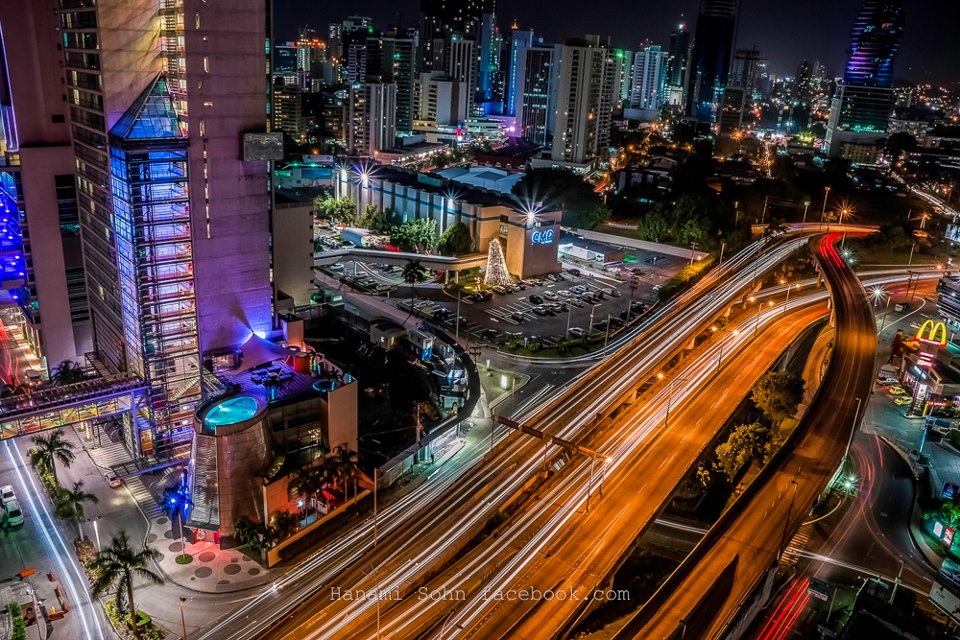Here is a great story in Forbes written by Steve Forbes on his perspective on Panama which cuts through all the hoopla that has dominated the press recently.
SAY “PANAMA” these days and the word “papers” quickly comes to mind. Too bad. I recently visited this small Central American country and saw firsthand what is largely unknown: Panama is a huge economic success story, enjoying an average annual growth rate that’s about the best in the world in the 21st century. Things have “slowed” recently: Growth last year was a tad below 6% but is expected to be a bit above 6% this year. Unlike the numbers coming out of China these days, which are ostensibly slightly higher, Panama’s are the real deal. Its growth is still light-years ahead of that in most of the world’s countries.
Contrary to global headlines, Panama is no sleazy money-laundering backwater. Quite the opposite. Panama City is becoming the financial center of Latin America, with scores of global and Latin-American financial institutions having a sizable presence there. The country has made considerable progress in transparency. The multigovernment Financial Action Task Force on money laundering removed Panama from its gray list this year. In 2012 it was taken off the OECD’s blacklist of tax havens. Panama is implementing other reforms, such as doing away with anonymous shareholder certificates, and expects to be in compliance with OECD transparency standards by 2018.
Investors think Panama’s prospects are bright. The government recently floated a $1.2 billion bond issue, which was quickly oversubscribed. Government debt to GDP is only 40%; in the U.S. it’s over 100%.
In terms of moving freight, Panama has made itself the economic crossroads of the Americas. It has handled control of the canal well since it took over in 1999. The number of containers moving through this historic byway in 1993 was 267,000. Today there are well over 6 million, and with the opening of a third set of locks in June, which will enable the canal to handle today’s megaships, that number should surge to well over 12 million. The massive infrastructure attendant upon this growth in traffic has obviously been a boon to the country. The government wisely didn’t treat the canal as a short-term political piggy bank the way most countries have done with, say, their state-owned oil companies. Considerable sums have been reinvested in the canal. The resultant growing volume of trade has meant that government revenues from the canal have also grown nicely.
Almost a decade ago Panama enacted what is called Law 41, which offered considerable incentives to any major company making Panama its regional headquarters for Latin America. More than 100 multinationals, such as Procter & Gamble, have done so. Among the enticements is that their employees pay no Panamanian income taxes. As with the canal, the creation of these headquarters has generated supporting infrastructure, including schools.
Panama’s expanding airport has also became a crucial regional hub; 68% of the passengers landing there are passing through to other destinations.
With the exception of New York and Chicago, Panama City has more skyscrapers these days than any other city in the Western Hemisphere, and 16 of Latin America’s 25 tallest buildings are in Panama City. This is amazing when you consider such megametropolises as São Paulo, Mexico City and Buenos Aires.
